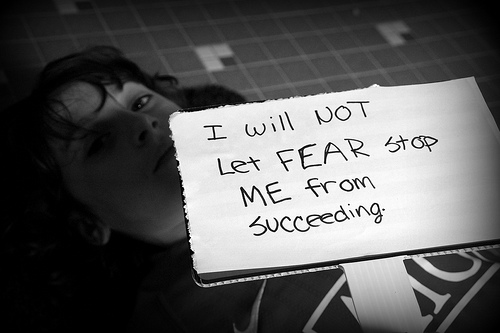8 Universal Laws of Self Esteem
The Self esteem Law of Stuart Smalley
Genuinely strong self-esteem has nothing to do with the Stuart Smalley character on “Saturday Night Live.” Smalley was played by talk-show host A1 Franken who looked in the mirror to tell himself “You’re good enough,you’re smart enough, and doggone it, people like you.” This is not the kind of namby-pamby-feel-good self-esteem we’re talking about.
The Law of Definition
Self-esteem is one of those frequently used terms that we believe we know the meaning of until we are asked to define it. Most folks define it as the way you feel about yourself. The problem is feelings can, and often do, change. The definition I have found most useful of self-esteem is: the strength and power of your belief in your self.
The Law of Ends vs. Means
While working on increasing your self-esteem, remember it’s just a means to an end, not the end in and of itself. I’ve known lots of unsuccessful people, and even people who continually do the wrong thing, and yet they feel good about themselves. Self-esteem is merely a means to the end if increasing the quality of life, for yourself and those around you.
The Law of Company
Self-esteem is strongly influenced by the company you keep. Hang around people with weak self-esteem and yours is likely to be weak as well. And guess what? Hang around people with strong self-esteem, and yours is likely to strengthen as well.
The Law of Blame and Accuse
I’ve heard so many people say “My self-esteem is low because I’m too this/that, I grew up without this/that and this/that has happened to me.” Which usually leads me to wonder what does a person who is too this/that, grew up without this/that, and has had this/that happen to them, DO WITH THE REST OF HIS OR HER LIFE?
The Law of Action
You can learn about self-esteem, read about it, go to seminars, etc., and nothing will change if you don’t do something with what you learn. In order to change something, you simply must TAKE ACTION!
The law of NWBG
While NWBG may sound like the name of a rock group, it’s really a fast and easy way to measure and improve your self-esteem. In vertical order, write the letters NWBG, which stand for Now-Worst-Best-Goal. Now, on a scale of 1 to 10 (1 is the worst and 10 is the best) rate your self-esteem the way it is Now, the Worst it has ever been, the Best it has ever been, and the Goal you would like it to be. This gives you a number next to each of the letters NWBG. If you are like most folks, Now is higher the Worst. This gives us some important information:
How did you get from the worst to where you are now? The answers can be key for further strengthening your self esteem.
The Law of Higher Math
Now we will do a little higher math in order to strengthen your self-esteem. Take the number for your Goal (let’s say 10) and subtract from it the number for now (let’s say 4), so it’s 6. So that’s six levels of self esteem to travel, which is too big a chunk all at once.
Let’s make it manageable by taking one level at a time. What small, simple steps can you begin to take immediately to move you from a four to a five? And then a 5 to a 6, a 6 to a 7, and so on. In this way you can measure your progress as you go, and rather quickly strengthen your self-esteem.
How’s that for progress?

 Self Esteem
Self Esteem Self Esteem
Self Esteem